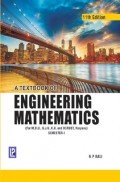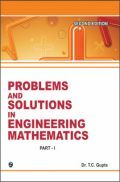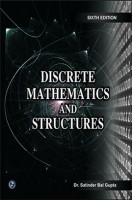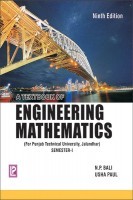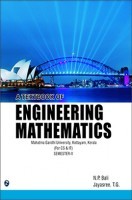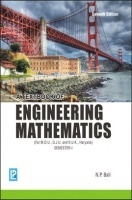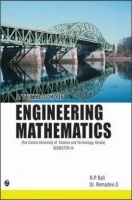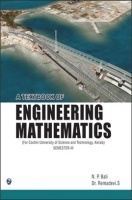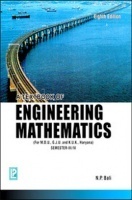Designed primarily as a text for the undergraduate and postgraduate students of industrial engineering, chemical engineering, production engineering, mechanical engineering, and quality engineering and management, it covers fundamentals as well as advanced concepts of Design of Experiments. The text is written in a way that helps students to independently design industrial experiments and to analyze for the inferences.
Written in an easy-to-read style, it discusses different experimental design techniques such as completely randomized design, randomized complete block design and Latin square design. Besides this, the book also covers 22, 23, and 3n factorial experiments; two-stage, three-stage and mixed design with nested factors and factorial factors; different methods of orthogonal array design; and multivariate analysis of variance (MANOVA) for one-way MANOVA and factorial MANOVA.
KEY FEATURES :
Case Studies to illustrate the concepts and techniques
Chapter end questions on prototype reality problems
Yates algorithm for 2n factorial experiments
Answers to Selected Questions







